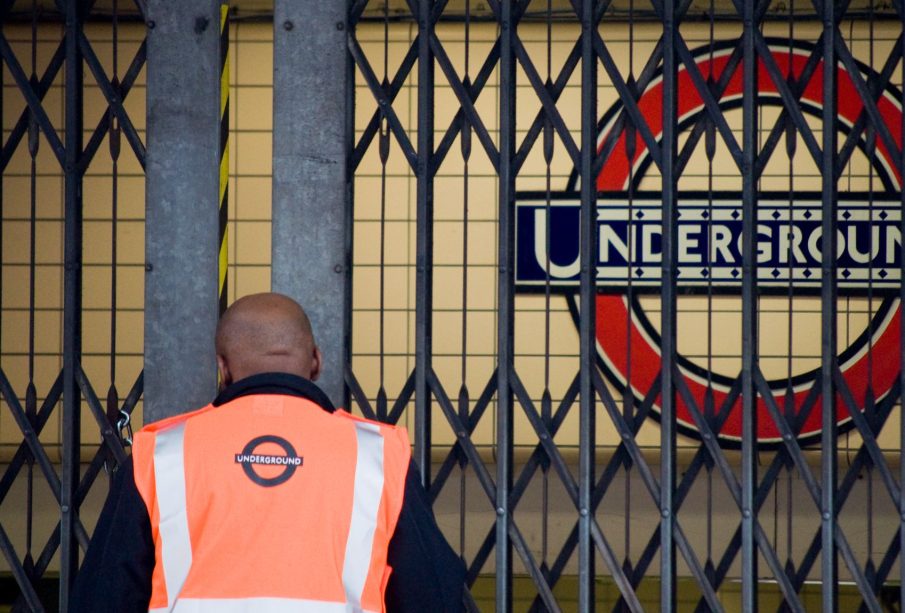Impact of Tube Strikes on London’s Commuters

Introduction
Tube strikes have long been a part of London’s transport landscape, significantly affecting commuters and the economy. The recent industrial actions have once again raised concerns over public transport accessibility in the capital. With many reliant on the Tube for their daily commutes, these strikes inevitably lead to delays, frustrations, and potential financial implications for businesses reliant on foot traffic.
Current Events
In light of ongoing disputes over pay, working conditions, and proposed cuts to services, the latest round of tube strikes commenced on October 2, 2023. The strikes, organised by the Rail, Maritime and Transport (RMT) Union, have seen workers walk out in significant numbers, leading to severe disruptions across several lines. Reports indicate that only 30% of the Tube network is operational, leaving thousands of commuters seeking alternative routes.
London’s transport officials have encouraged the use of buses, cycling, and walking, but the congestion on these alternatives has led to further delays. These strikes are occurring against a backdrop of rising living costs, which have heightened tensions between transport workers and management.
Impact on Commuters
Commuters have expressed their frustrations on social media platforms, with many highlighting the impact on their daily routines. A survey conducted by London Travel Watch revealed that 40% of respondents have lost work hours due to tube strikes, with some reporting a complete inability to reach their workplaces.
Businesses in the city, particularly those in central London, are also feeling the pressure. Reduced footfall during strike days has resulted in lower sales numbers for shops and restaurants typically bustling with commuters. In response to this trend, some establishments have begun adjusting their opening hours to accommodate the changing patterns of customer behaviour during strike periods.
Future Outlook
Looking ahead, negotiations between transport unions and management are ongoing, with hopes for a resolution that could avert further strike actions. However, the sentiment among union members remains firm, advocating for better pay and safer working conditions. This situation poses a challenge for London’s transport infrastructure as it strives to find a balance between operational efficiency and employee satisfaction.
Conclusion
The impact of tube strikes in London continues to resonate through the lives of commuters and the economy at large. As negotiations unfold, the potential for future strikes looms ominously. For Londoners, the question remains: how can both workforce concerns and public transportation needs be effectively addressed to mitigate such disruptions in the future?









